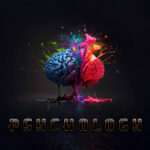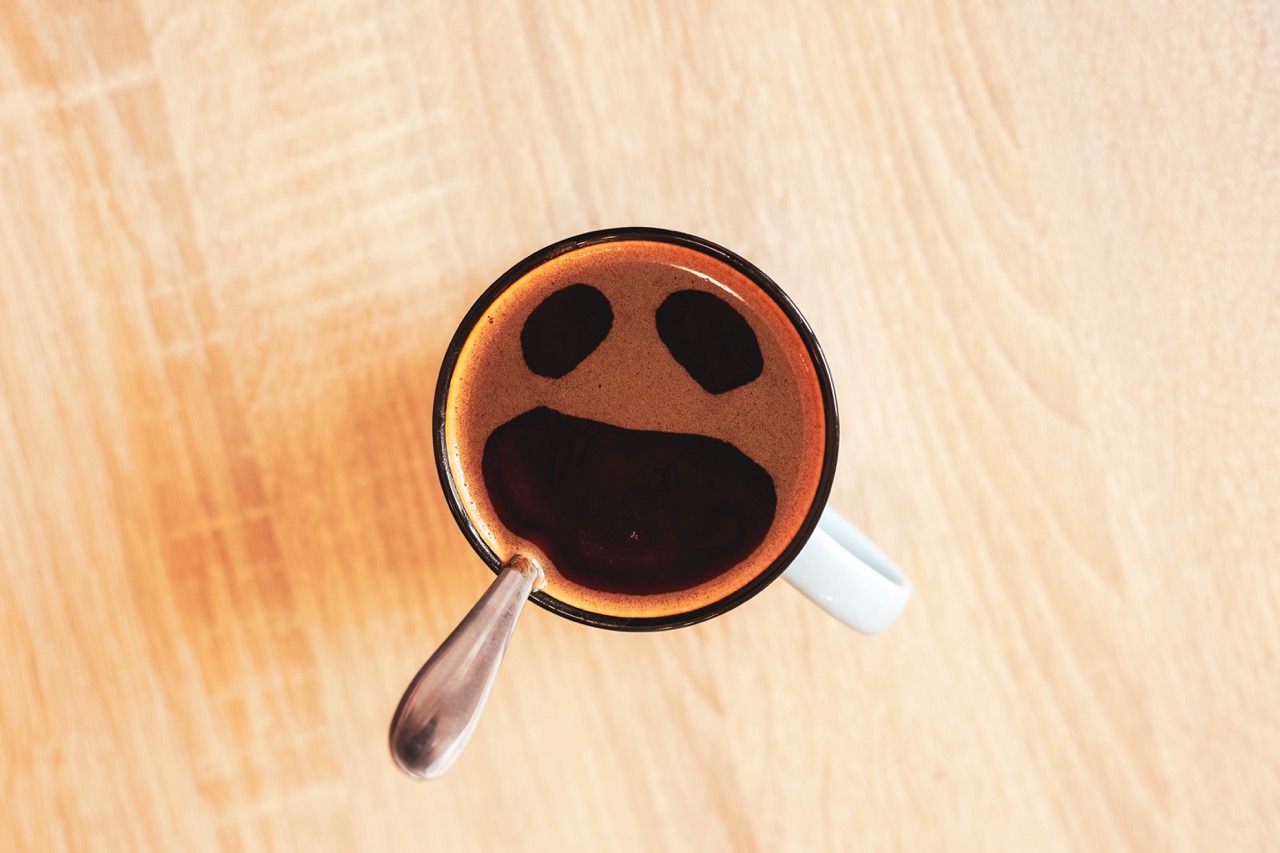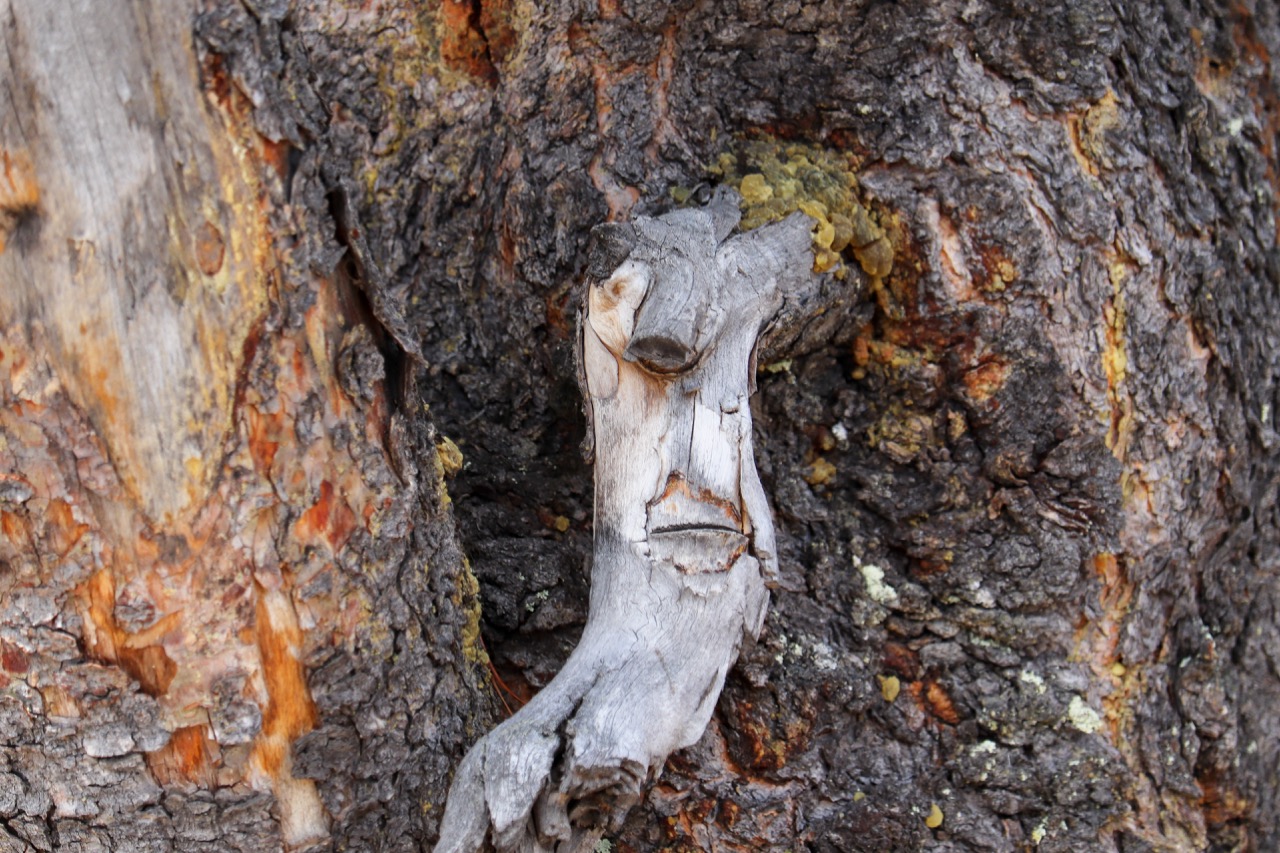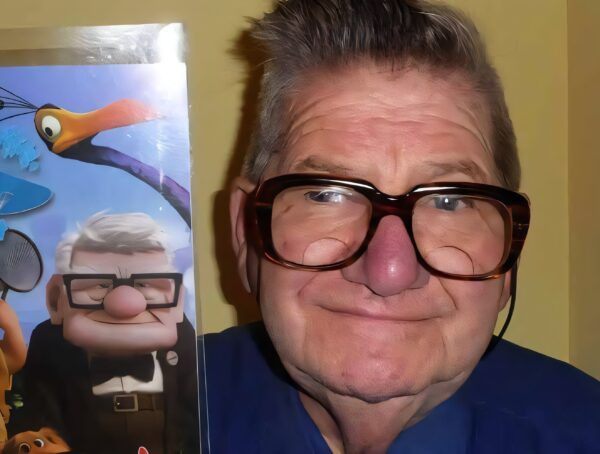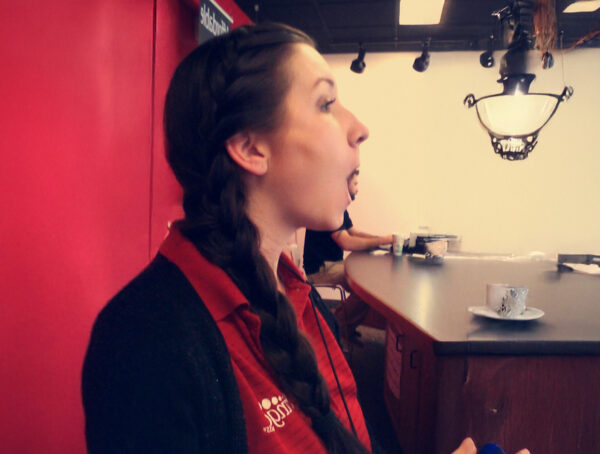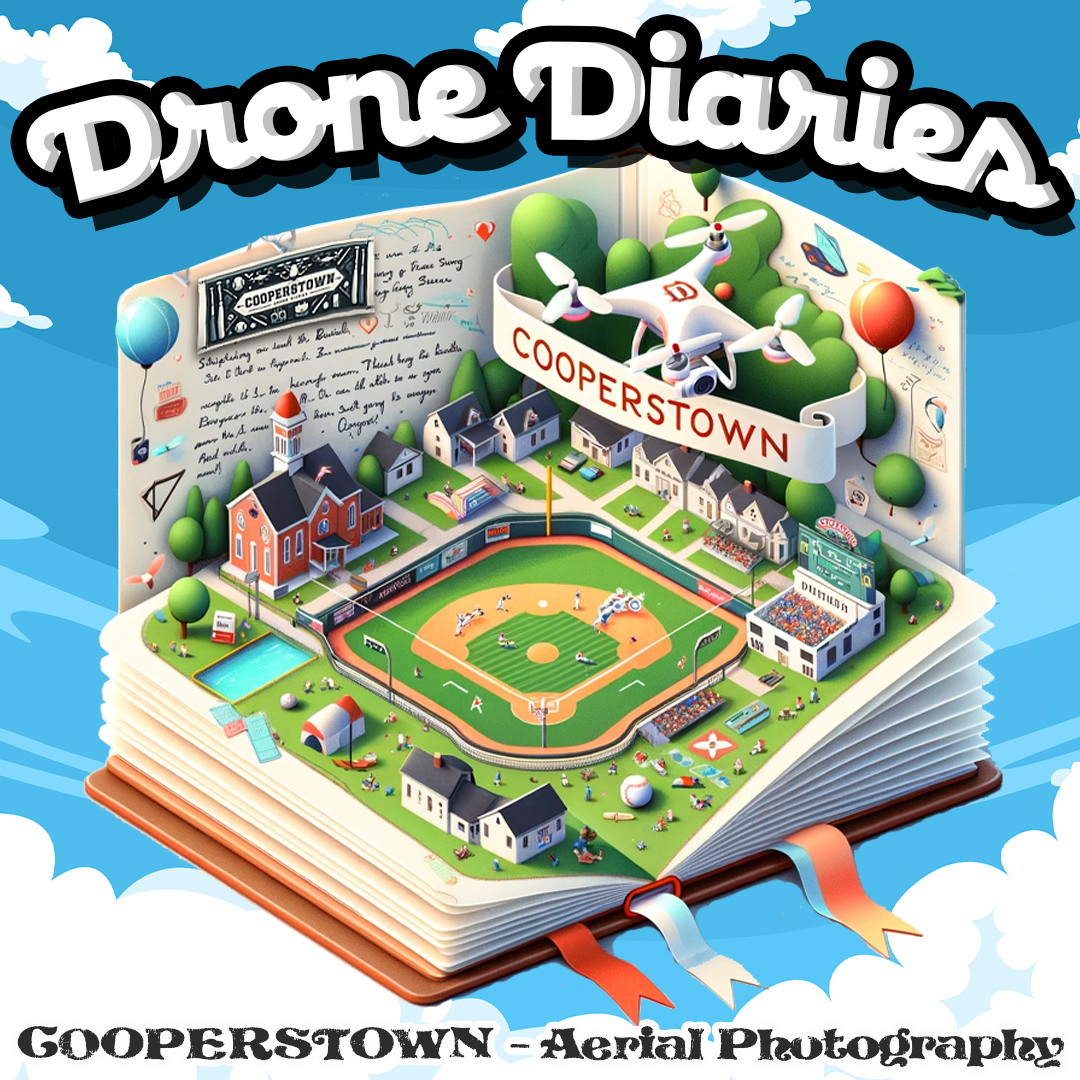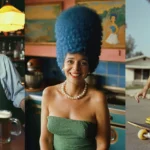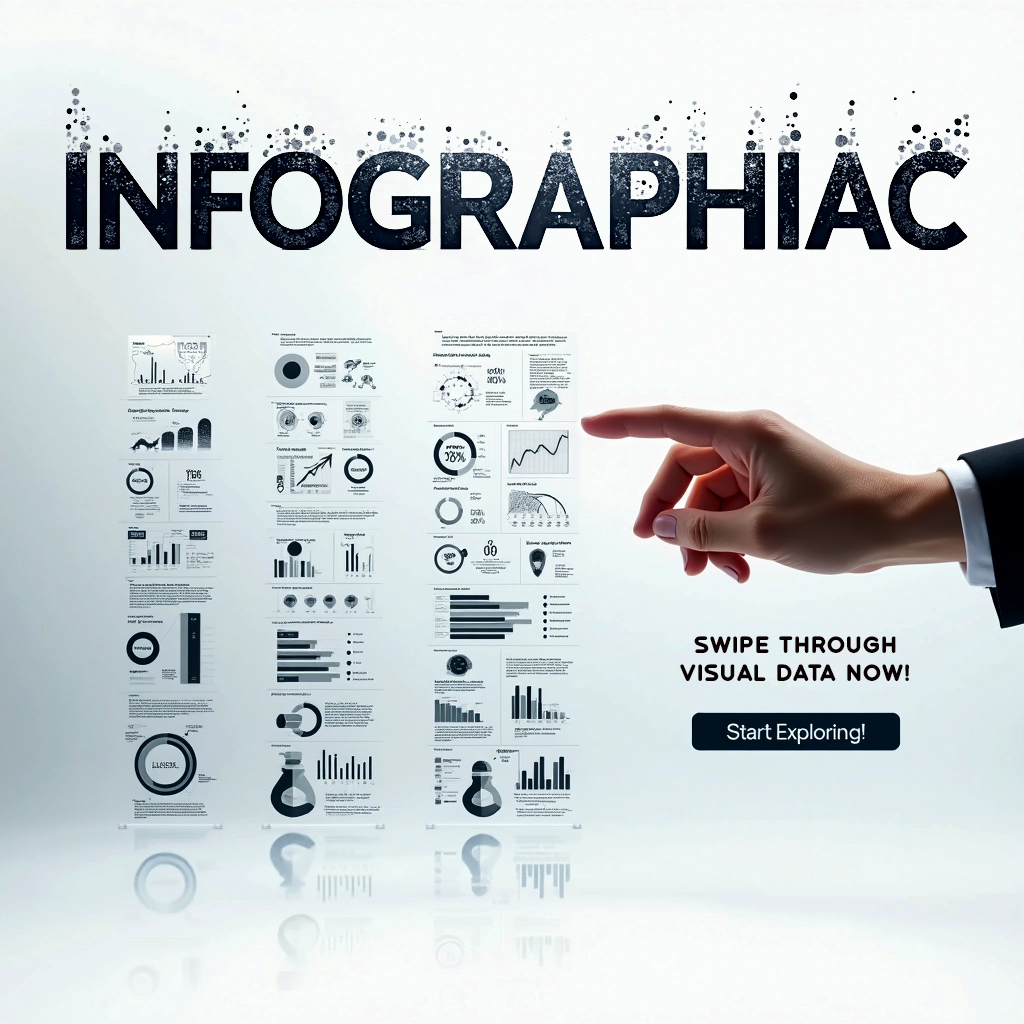TL;DR: Humans often perceive patterns and meaning in random information—this tendency is known as apophenia. Pareidolia, a type of apophenia, specifically involves seeing familiar shapes (like faces) in unrelated visual stimuli. These cognitive quirks evolved because spotting potential threats (even false ones) was safer than missing real dangers. While once useful for survival, such pattern-seeking can lead us astray in modern life, contributing to misinterpretations and unfounded beliefs. Still, it also fuels creativity and wonder, reflecting the human mind’s innate drive to make sense of a chaotic universe.
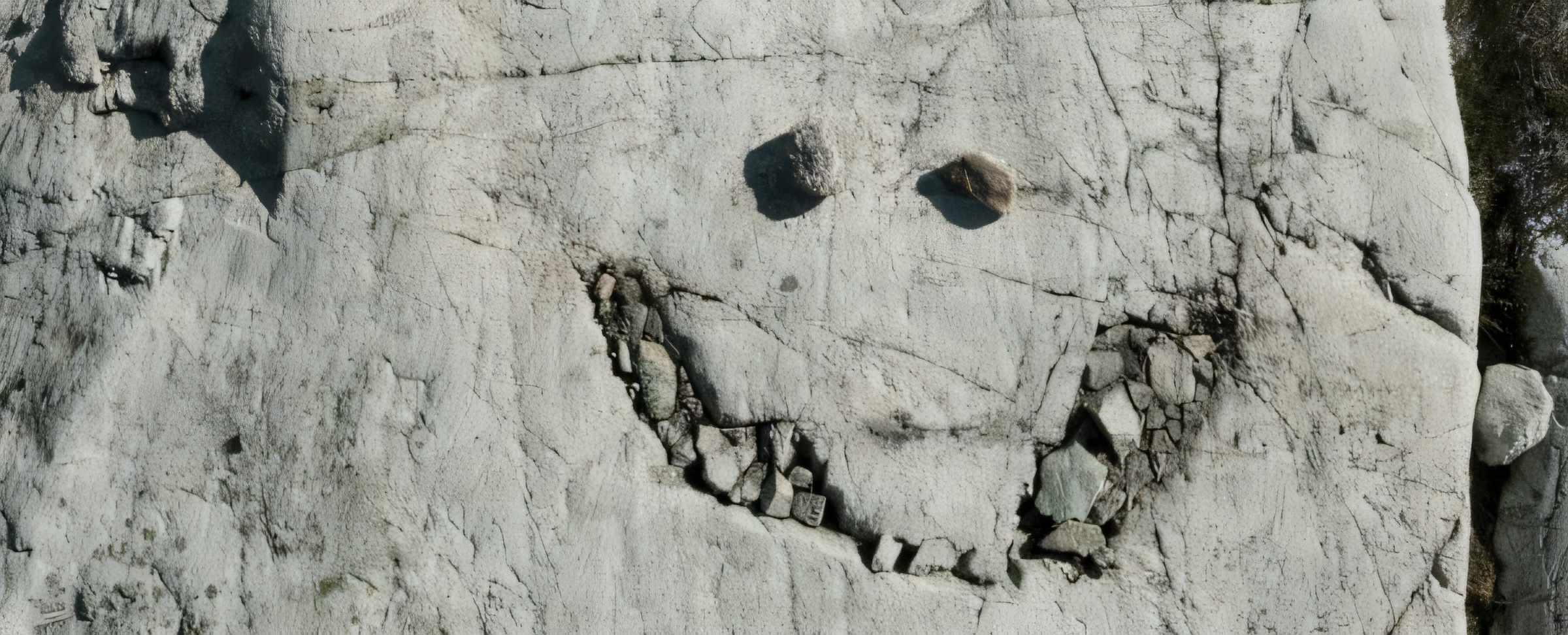
Human cognition is both a marvel and a mystery. It is a tool forged in the fires of evolution, honed to perceive the world not as it is but as it might be—useful for survival. This adaptive ingenuity, however, often leads us astray, compelling us to find patterns and meaning where none exist. Among the many phenomena that reveal this cognitive bias are pareidolia and apophenia—two related, yet distinct manifestations of our brain’s search for order in chaos.
Pareidolia and Apophenia: Framing the Distinction
To distinguish between pareidolia and apophenia, we must first understand their essence. Apophenia is the broad tendency to discern patterns or assign meaning to random, meaningless information. It is an umbrella term, capturing instances across sensory domains—auditory, visual, or otherwise. Pareidolia, on the other hand, represents a specific subset of apophenia, focusing on visual stimuli. It is the inclination to see faces, figures, or objects in otherwise unremarkable arrangements of light, shadow, or texture.

Consider this: the face you perceive in your morning coffee’s frothy surface or the “Man in the Moon” gazing down at us from a cratered celestial body. These are quintessential examples of pareidolia. Meanwhile, hearing your name whispered in the rustle of leaves or interpreting a meaningful sign from the universe in a random sequence of events falls under the broader domain of apophenia.
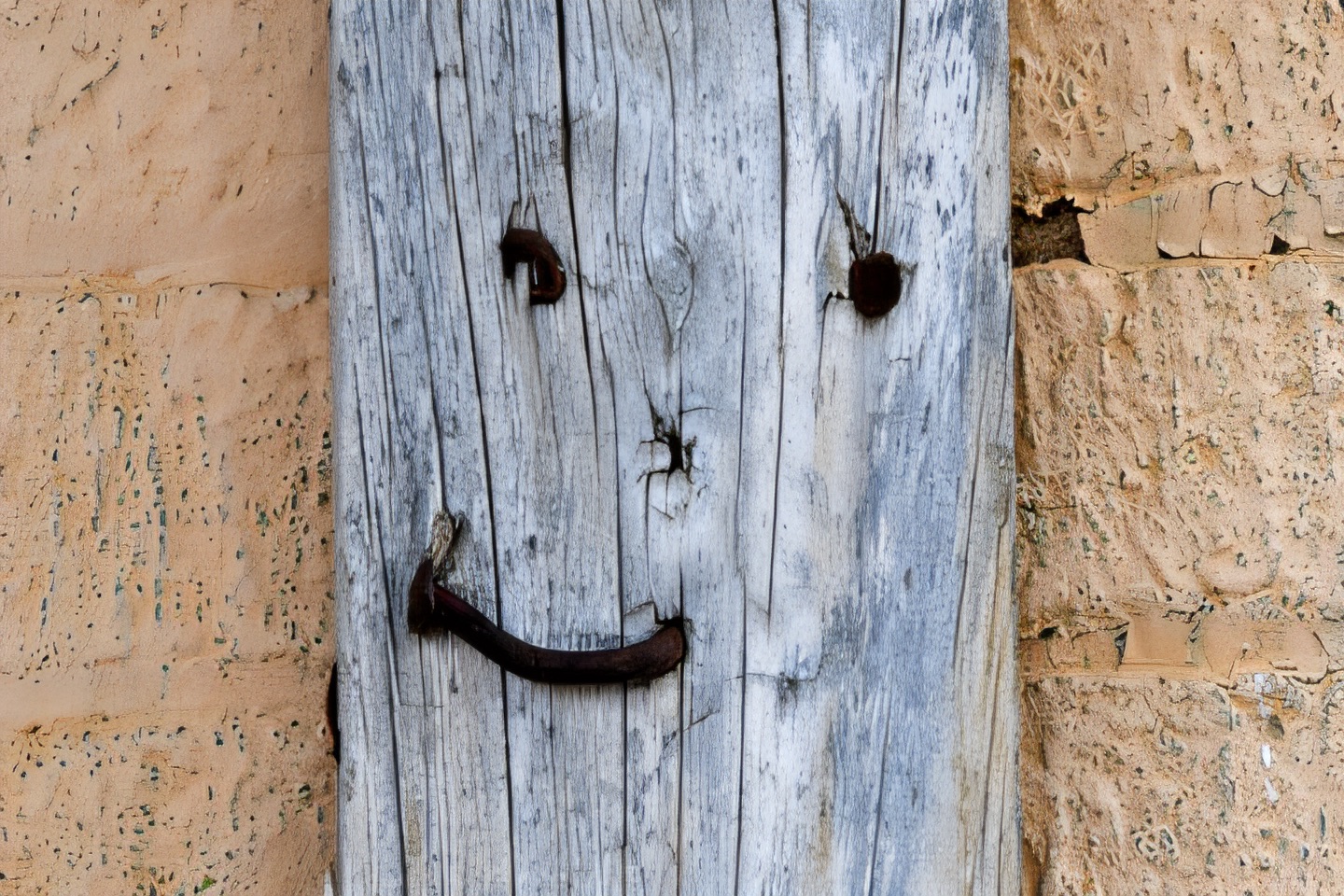
An Evolutionary Legacy
These cognitive quirks are not mere errors; they are deeply embedded in our evolutionary heritage. Our ancestors faced a world rife with uncertainty, where identifying patterns could mean the difference between life and death. A rustle in the grass might signal a stalking predator, and a face in the dark could indicate an approaching threat. False positives—erroneously detecting patterns or faces—were less costly than false negatives, where a failure to recognize a genuine threat could prove fatal.

Thus, evolution favored those who leaned toward overinterpretation. Our brains became exquisitely tuned to find patterns, even where none existed. Pareidolia and apophenia are the cognitive remnants of this survival mechanism.
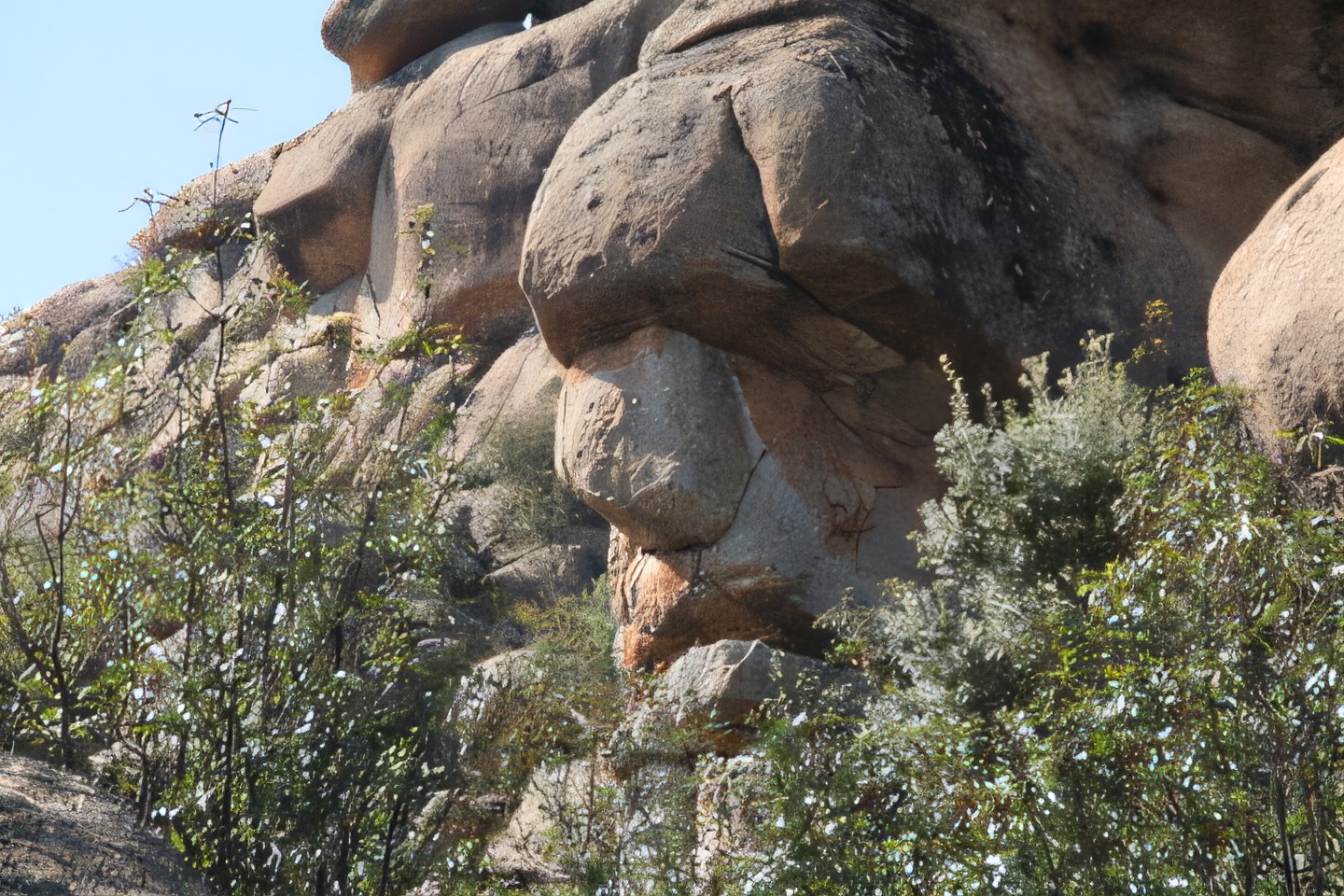
The Double-Edged Sword of Pattern Recognition
While these tendencies once served a clear purpose, they can become maladaptive in the modern world. The human penchant for finding meaning in randomness can lead to fixations that border on delusion. Apophenia, for instance, often underlies belief systems built on unprovable or pseudoscientific claims—astrology, psychic phenomena, or the interpretation of “signs” from the universe. In its extreme, it can manifest as a symptom of mental health conditions such as obsessive-compulsive disorder (OCD) or even schizophrenia.
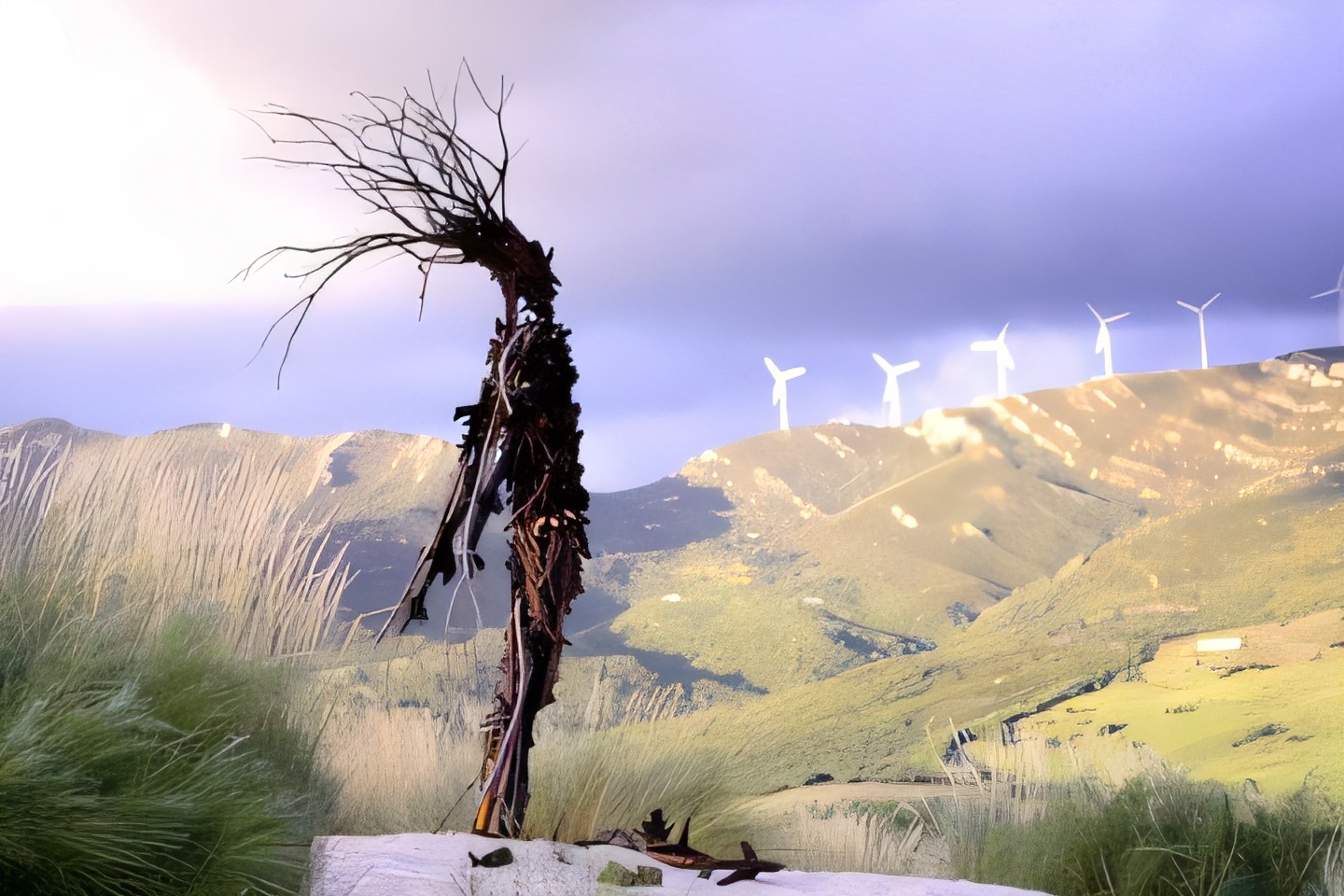
Pareidolia, though seemingly benign, has its own complications. For some, the constant “face-seeing” in everyday objects can become an intrusive preoccupation. It also plays into phenomena like conspiracy theories, where random visual or informational patterns are misinterpreted as evidence of hidden agendas.
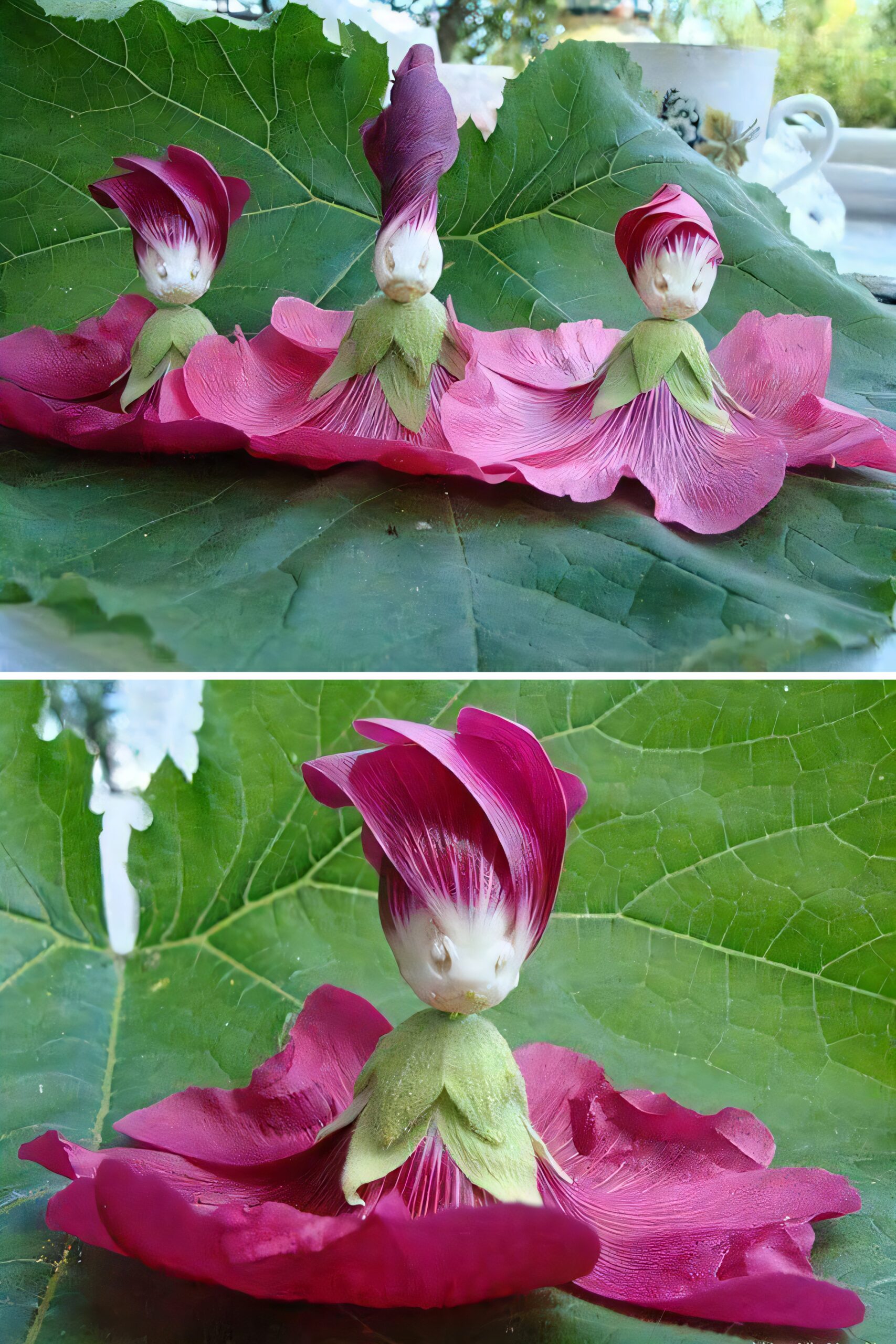
Implications for Modern Understanding
In grappling with pareidolia and apophenia, we uncover profound questions about how humans construct reality. If much of what we perceive is a product of cognitive biases rather than objective truth, how can we trust our senses? The answer lies in cultivating a balance—a recognition that these tendencies are part of our nature, yet not the whole story.
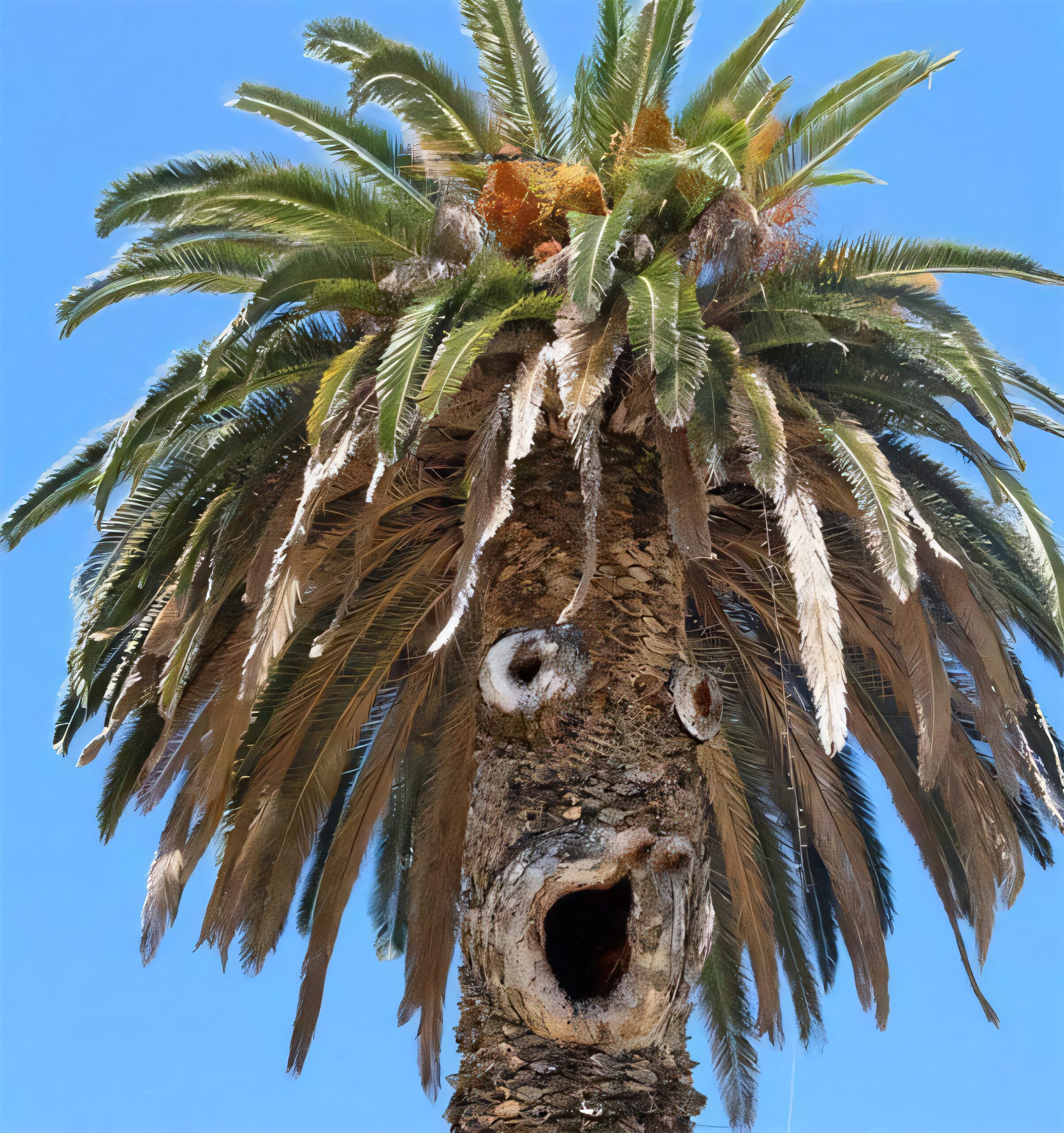
Awareness is the first step toward mastery. By acknowledging our brain’s predispositions, we can approach patterns and meanings with a healthy skepticism. Science, after all, is the structured attempt to discern genuine patterns from the noise, separating the wheat from the chaff of human perception.
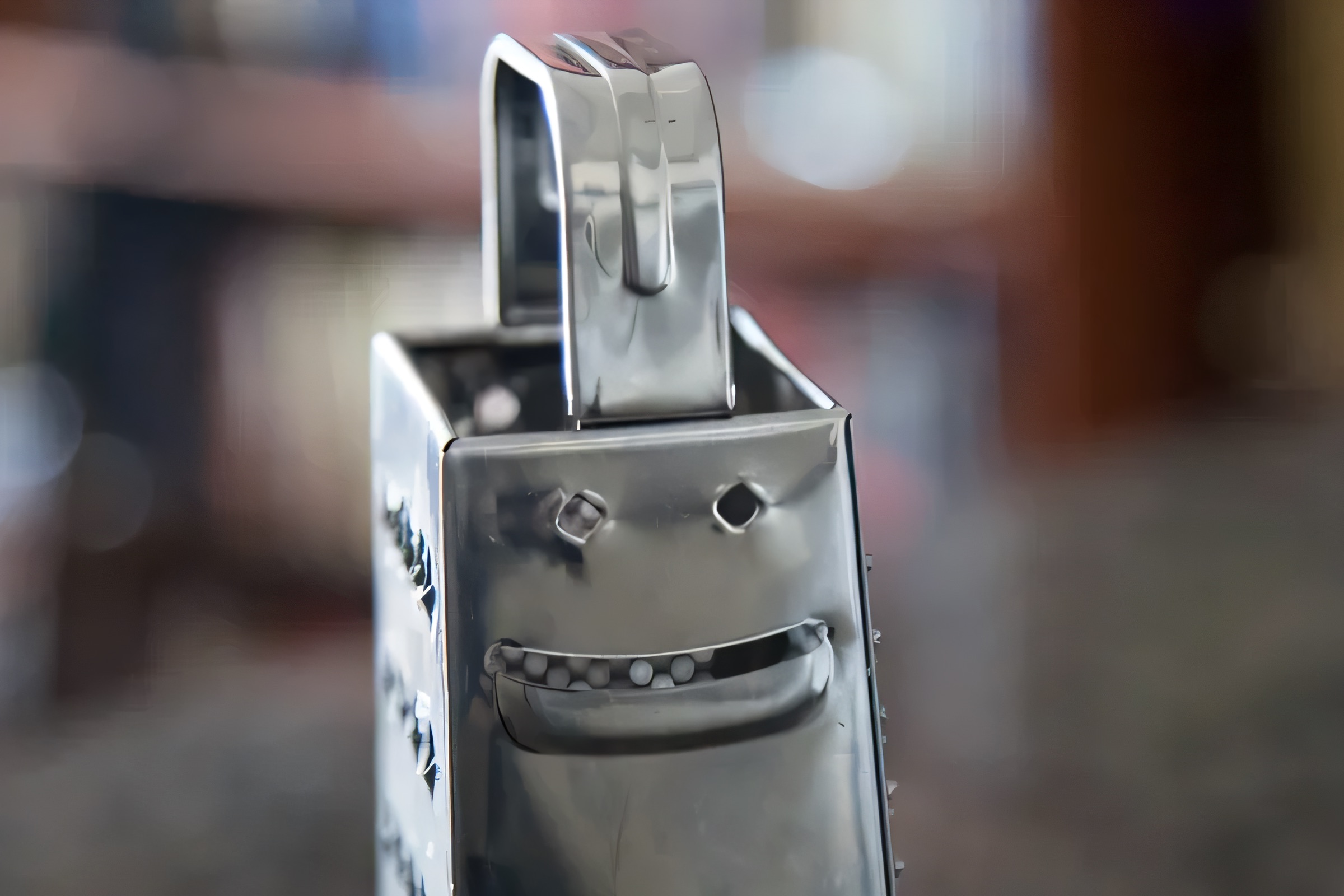
The Beauty of the Mirage
Despite their potential pitfalls, pareidolia and apophenia also offer a window into the creativity and wonder of the human mind. They enable us to find beauty in randomness, to see art in the clouds, or a story in the stars. They remind us that even our cognitive “flaws” can inspire awe and connection.
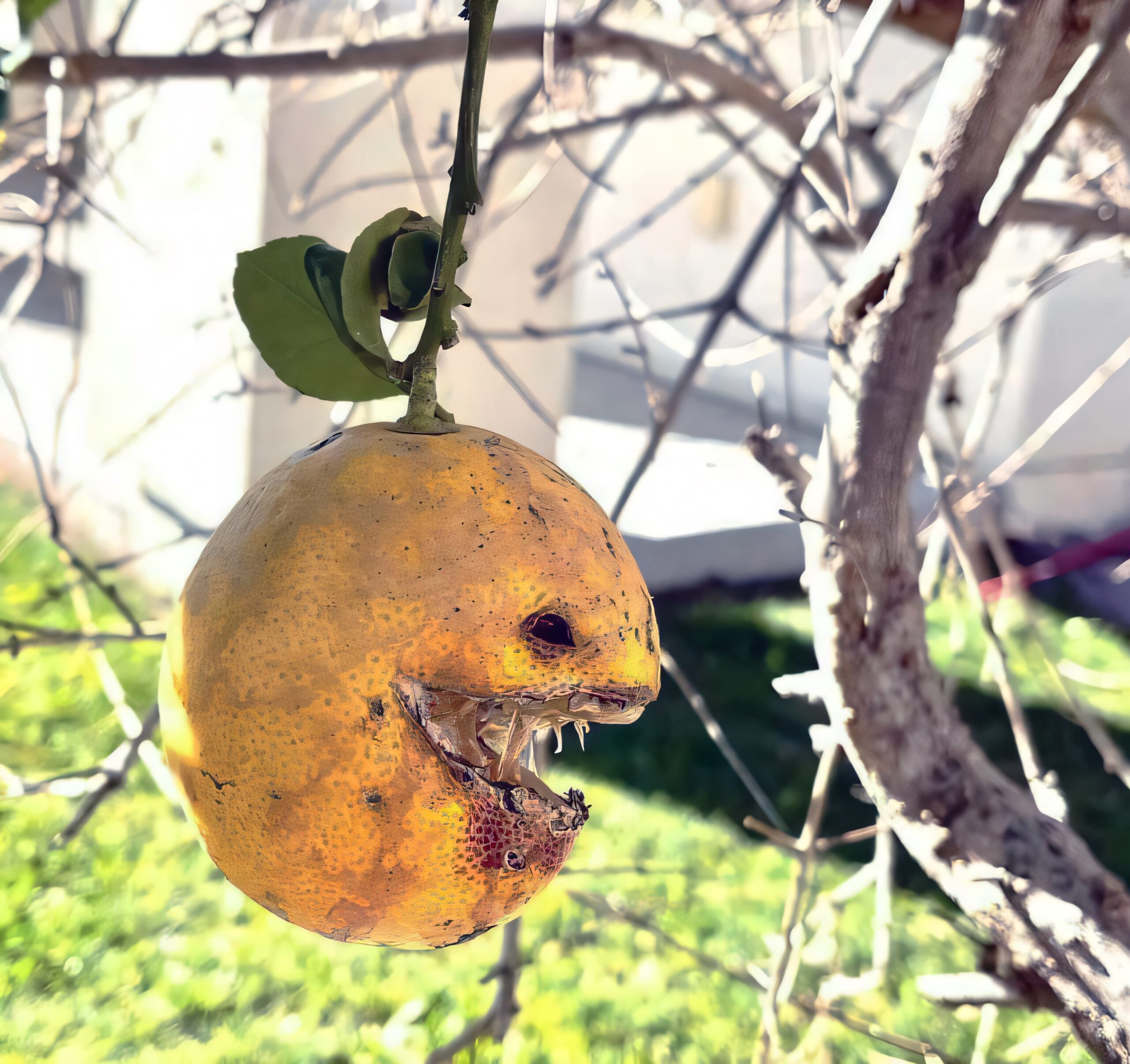
In the end, pareidolia and apophenia reveal not just how our minds err, but how they dream. They are a testament to the human capacity to impose meaning on an indifferent universe—a survival mechanism that has, over millennia, transformed into a source of art, myth, and imagination. Understanding these phenomena is not merely an academic exercise; it is a step toward understanding ourselves.
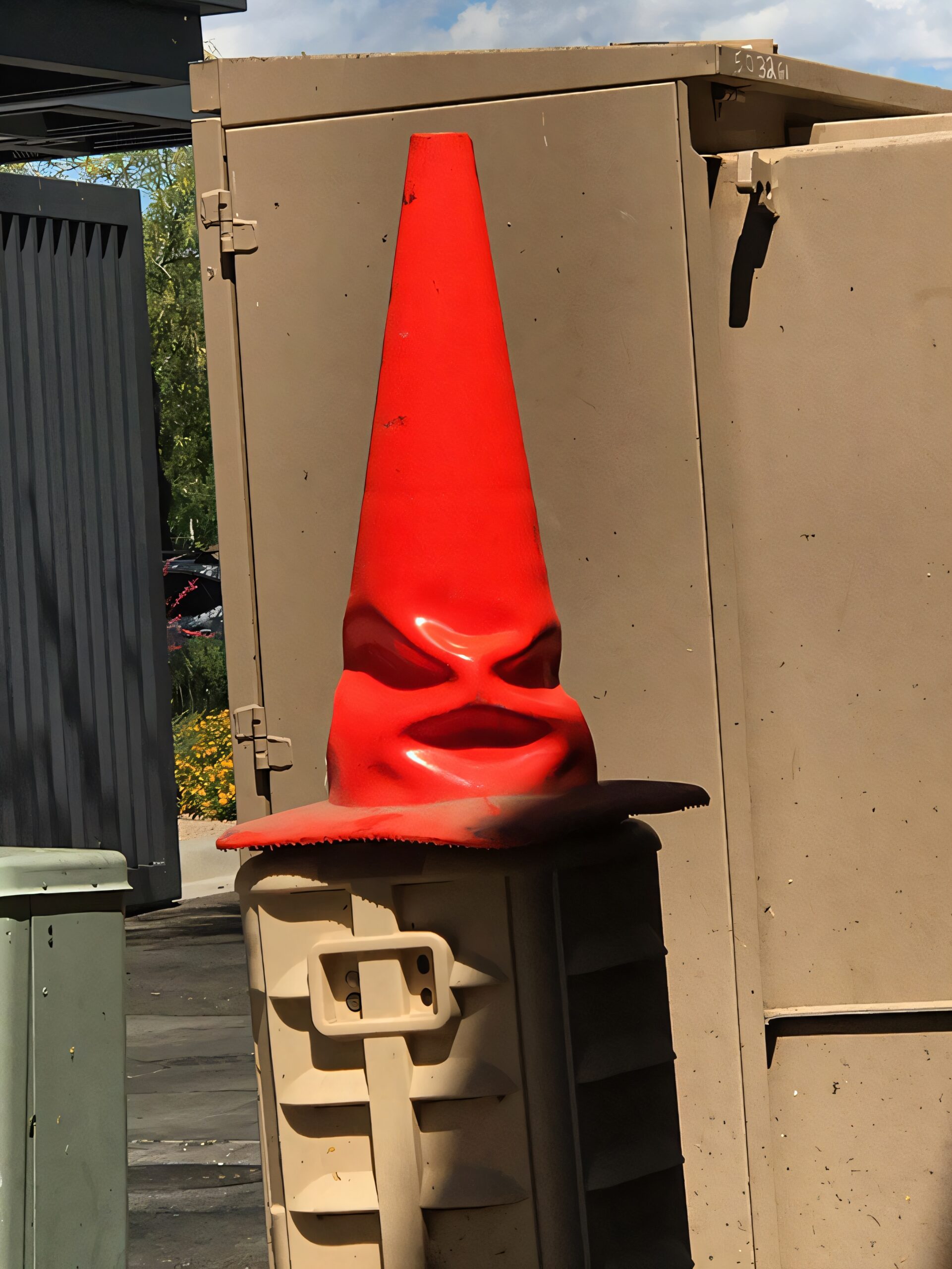
Final Reflection
The line between insight and illusion is a delicate one, and it is within this fine tension that the richness of human cognition truly resides. Pareidolia and apophenia, far from being mere cognitive quirks, represent profound expressions of what it means to be human: creatures equipped with minds endlessly searching for meaning, order, and connection in a universe that may ultimately offer none.
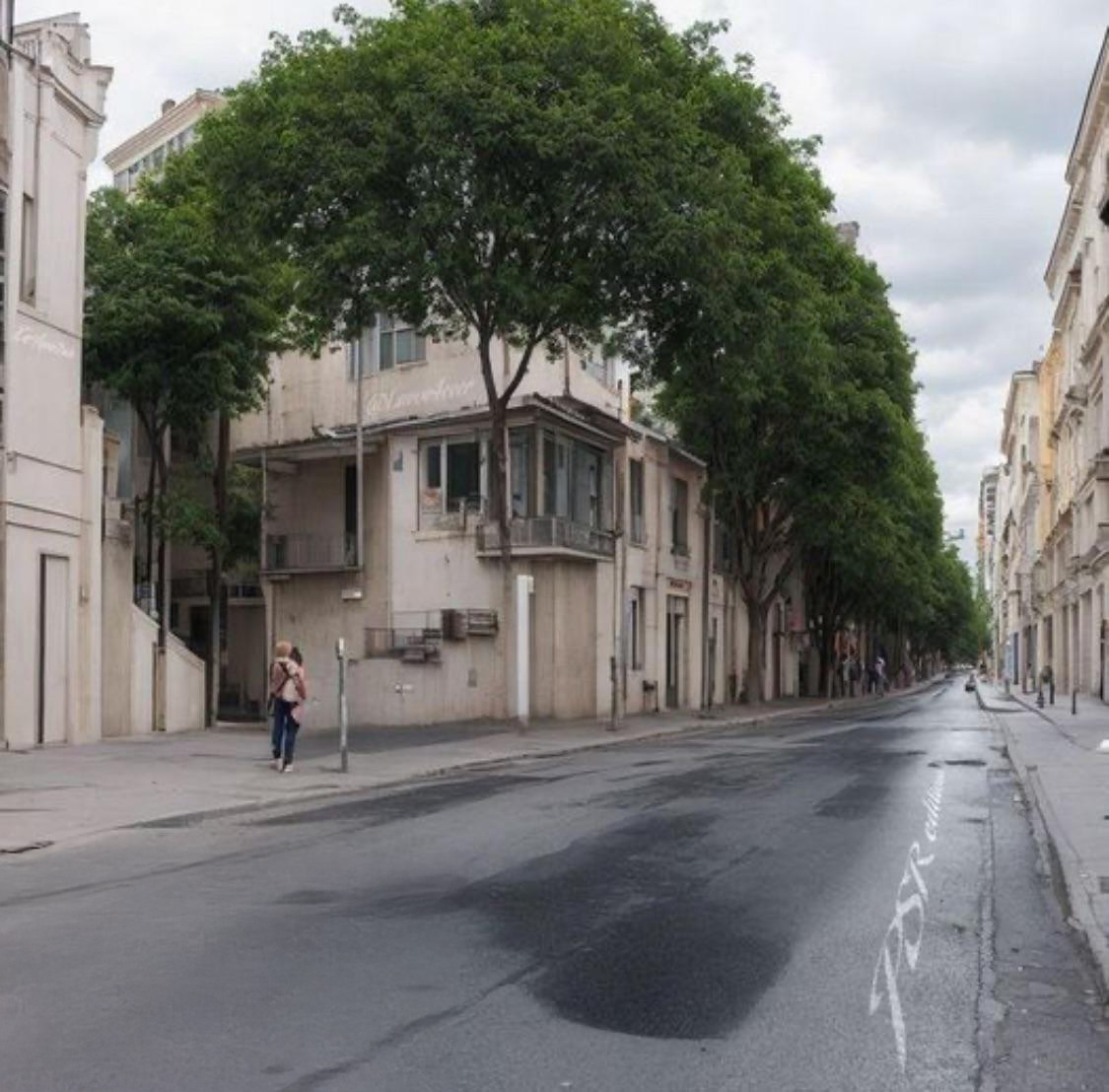
These phenomena are not just mistakes in perception; they are reflections of our evolutionary heritage, our creativity, and our need to make sense of the chaos around us. In many ways, it is this relentless search for patterns, for purpose, and for understanding that defines the human experience. Perhaps, in the end, the act of searching itself—this beautiful, flawed, and unending quest for meaning—is the most meaningful pattern of all.
VIEW THE REST OF IMAGES
More from Editor Picks
Cartoon Doppelgängers: When Real Life Takes a Detour to Looney Town
Have you ever walked down the street, looked at someone, and thought, “Wait a minute, why does it look like …
Only 1% Get Every Question Right: Are You One of Them?
This quiz doesn’t care about your GPA, your LinkedIn bio, or your self-esteem 💡 It only cares about right answers …
15 Perfectly Timed Photos: You Won’t Believe #13
The World’s Most Perfectly Timed Photos: Through Chaos, Comedy, & Confusion When life itself is just one big laugh, what understanding …








